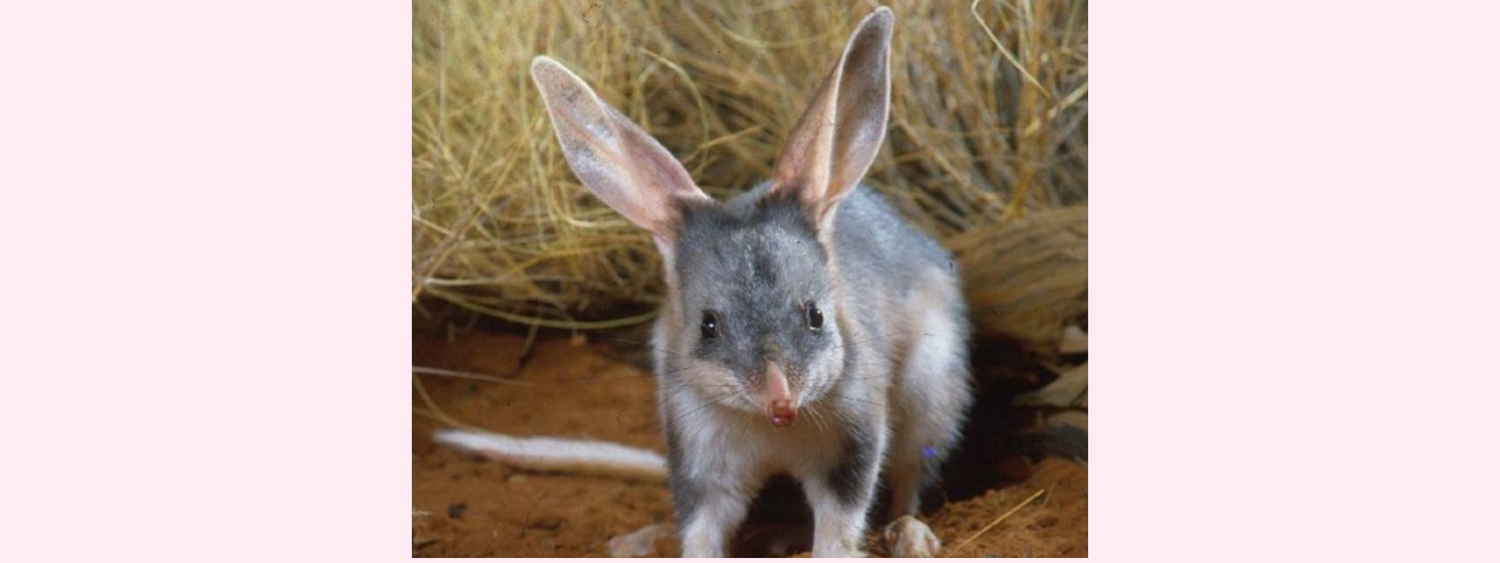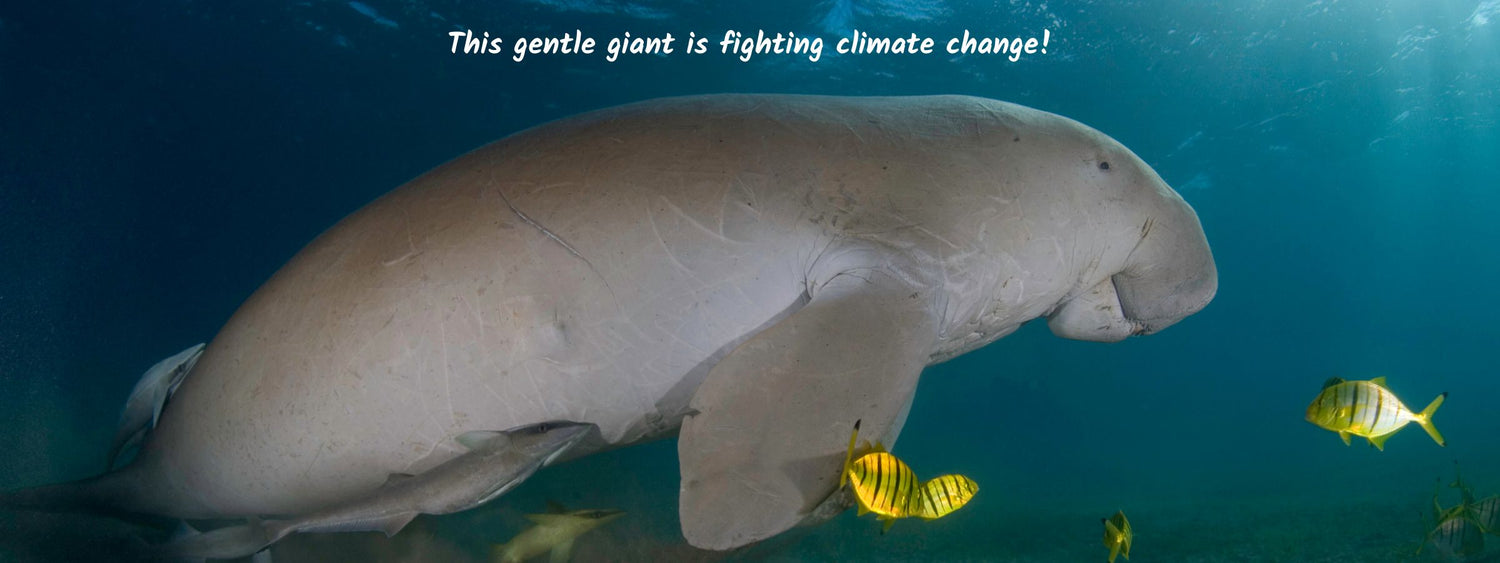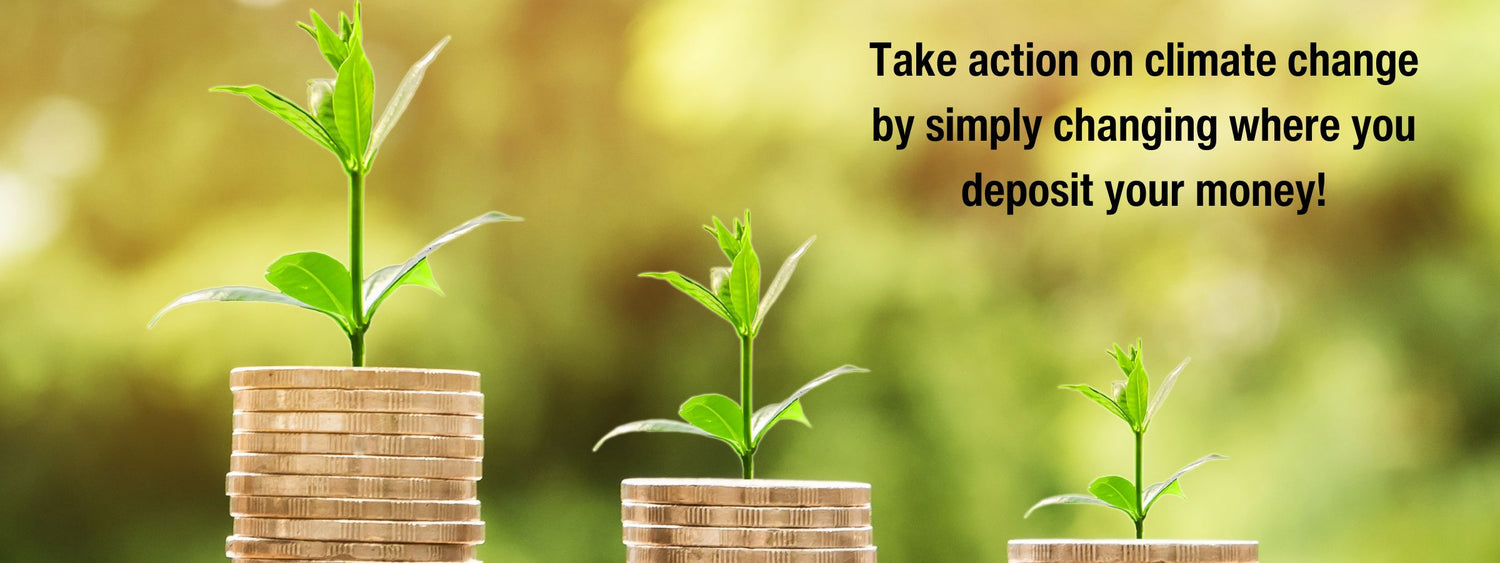There had been earlier attempts to import European honey bees to Australia, but most sources agree that the first successful journey was with those on board the convict ship Isabella. 🐝
Previously some bee hives had been loaded onto ships but the bees had died during the long journey over here. In one case, the records show that the temperature was so hot on the journey, the bees unfortunately met their demise at sea.

But in 1822, a ship from England named Isabella - sailed to Australia with its load of convicts - and the first honey bees known to arrive safely here.
As you can imagine, people were very happy - for two reasons. They had been having to hand pollinate crops - which was very tedious. And, of course, they wanted to enjoy eating delicious honey again. 🍯
And, because those first bees had settled in so well, other bee species were soon introduced from Italy, Yugoslavia and North America. (We have a very special Australian link to Italian bees - look for more info later in this blog.)
The captain of the Isabella, John Wallis, then brought seven more hives to Sydney on the ship’s second voyage. The hives were auctioned and immediately sold within week of their arrival!
Other varieties of European bees were later shipped to Australia, including the Italian Ligurian bee.
These days Australia produces 25,000 to 30,000 tonnes of honey annually – that’s a whole lot of golden goodness!

Australia is home to three European honey bee sub-species:
Italian honey bees (Apis mellifera, ligustica)
Caucasian honey bees (Apis mellifera, caucasia)
Carniolan honey bees (Apis mellifera, carnica)
Over the decades, many bee colonies escaped into the bush and now it’s accepted that most bees are a mixture of these three types.
But a pure-bred strain of the Ligurian bee still exists on Kangaroo Island, South Australia - and this is their story…
RARE, PURE LIGURIAN BEES LIVE ON KANGAROO ISLAND
Italian Ligurian bees were first bought to Kangaroo Island, S.A. - from Italy - way back in 1881.
The bees were selected because of their mild temperament, gentleness, and productivity.
The Island was chosen because the climate on the island was similar to their ancestral home in northern Italy, the flowers on the island were plentiful, and the bees were totally isolated. And that meant the bees have remained genetically pure.

It may surprise you to know that by the early 1880s, there were around 200 beekeepers in the Adelaide metropolitan area! And the South Australian Beekeepers Association was formed in 1884.
They decided that Kangaroo Island, being approx. 9 miles (13.5kms) off the coast of South Australia, was the perfect place for the Ligurian bees as it was isolated from mainland Australia.
So, Kangaroo Island was declared a sanctuary, way back in 1885. It's now the oldest bee sanctuary in the world!
The declaration of a bee sanctuary was later followed by the Apiaries Act of 1931. This allowed for the inspection and confiscation of any potentially infected vessel or apparatus heading to the island.
Together, these decisions, along with generations-long attention by the island beekeepers, have kept the Ligurian bees living there disease free.
These days, the beekeepers on Kangaroo Island are the guardians of the last genetically pure strain of Ligurian bee in the world.
But then everything changed…
A disaster struck the Island in 2020, when about half of Kangaroo Island was burnt in a huge bushfire.
Unfortunately, it was the half with most of the bush, where the bees sourced the majority of their nectar.
It was also in the higher rainfall area on the island, and this made it even harder for beekeepers because the drier areas then had to be used for beekeeping.

To complicate the recovery, this part of the island now remains in drought, causing a lack of groundwater after the fires. This means there is no nectar being produced in the trees that the Ligurian bees used to feed on each year.
The annuals are still flowering, but the trees that the beekeepers rely on for larger honey flows, are still not at the flowering stage as yet (2023).
Beekeepers have said that it is hard for people to understand how much they were still being affected by the fires 3 years ago.
But they are optimistic and still working towards a return to normal.
On the other hand, there are people who still have hives in the unburnt portion of the island - which gives everyone hope that eventually things will return to normal.
Some beekeepers are having to keep their honey to feed the bees (due to the lack of flowering trees) but hope to be able to sell their honey again when the trees recover further.
There is still honey available from Kangaroo Island so please support these businesses as they recover. 🥰
‘FERAL’ bees are evicting wildlife from their tree hollows on the Australian mainland:
There appears to be a problem with ‘feral’ bees escaping and causing issues in our native bush areas on the mainland.
Feral European honey bees have become a major issue because of the change from growing wheat (which is wind pollinated) – to the newer flowering plants that are now popular, for example lupins and canola.
Flowering plants, like canola, produce both nectar and pollen, which has caused the numbers of feral bees to increase. The feral honey bees then use these areas as a major food source, swarming more frequently.
Also, honey bees can be active all year round and travel for up to 10km from their hives. This potentially may cause problems with them out-competing our wild pollinators. Which, in turn, affects our bushland in a negative way by reducing the pollination success of the plants and trees.

Feral honey bees also have been known swarm - to ‘push out’ native birdlife and animals to gain a tree hollow to move into.
Tree hollows for wildlife are often very hard to find these days, so this makes life difficult for our native wildlife as well.
Conservationists are looking to create a better balance so that the wildlife have homes to live in. 💚
Did you know that Bees are considered LIVESTOCK in Australia?
Here’s a little known fact… Did you know that bees make up the largest movement of livestock in Australia?
They are moved around, in their hives, to pollinate numerous fruits and vegetables, as well as grain crops like wheat, rice, canola and maize.

Major flowering crops such as fruit, and nuts – which only flower seasonally – often have a short time for flowering. This means that honey bee hives need to be moved to specific food growing areas when it’s time to pollinate the crop. This is done to ensure there are enough pollinators for large commercial areas of cropping.
Are you aware that the honey bee industry is critical to Australia’s agriculture?
You hear quite often that without bees we would dramatically reduce the availability of our fruit and vegetables.
And as an industry, bees produce honey and wax as well as pollinate crops.
The industry is now worth more than $14 billion annually. Wow!
Importantly, it’s estimated that about 35% of crops in Australia need bees for pollination. And up to 75% of crops may gain benefits from bee pollination.
Here’s a list of just some of the crops that need bees for pollination:
- Almonds
- Apples
- Avocados
- Berries
- Blueberries
- Cherries
- Cucumbers
- Lychees
- Macadamias
- Melons
- Mangoes
- Papaya
- Pears
- Rockmelons
- Pumpkins
- Zucchini and many other vegetables
Did you get a surprise or two when reading this list?
So honey bees are hardworking livestock – to ensure Australia has a large number of food crops pollinated each year. So we can have a wonderful variety to eat.
But if you have a crop that requires ‘buzz pollination’ in Australia, you’ll need to find Australian native bees to do the job! Honey bees don't 'do' buzz pollination.
See our link below if you would like more info on our native bees, and about our buzz pollinators.
I hope you’ve enjoyed reading about our honey bees in Australia.
They provide us with delicious honey we love - to dollop on our toast and pancakes.
Without them we would have much less fruit and vegies to enjoy as well.
And it all started with bees coming over on a convict ship back in 1822!
Amazing!
This blog will be here to re-visit, share and (I hope) inspire for the future.
Remember to bookmark it so you can come back to it at any time. 😊 Thanks.
And if you enjoyed this blog, please help us share it by leaving a comment to let others know about our blog.
Twizzle Designs offers truly eco-friendly, Australian made, sustainable gifts for your friends and family.
We also donate to 💚 Planting trees 💚 Supporting conservation of Australian native wildlife, and 💚 Helping to save our planet by donating to environmentally aware charities. Because it's super important to us. 😊





